Table of Contents
Context: The United Nations Educational, Scientific, and Cultural Organization (UNESCO) has added six new sites from India to its Tentative List.
What is UNESCO’s Tentative List?
- The Tentative List is an inventory of properties a country intends to consider for nomination to the World Heritage List.
- Inclusion in the tentative list is mandatory before a site is formally nominated.
- It helps UNESCO assess the site’s potential Outstanding Universal Value (OUV).
- India now has 62 sites on the Tentative List.
6 Heritage Sites Added in UNESCO’s Tentative List From India
| Name of Site | Key Features |
| Kanger Valley National Park
|
|
| Mudumal Megalithic Menhirs
|
|
| Ashokan Edict Sites along the Mauryan Routes.
|
|
| Chausath Yogini Temples
|
|
| Gupta Temples in North India
|
|
| Palace-Fortresses of the Bundelas
|
|
UNESCO
- A specialized agency of the United Nations (UN), UNESCO aims to promote world peace and security through international cooperation in education, arts, sciences and culture.
- It was founded in 1945 as the successor to the League of Nations’ International Committee on Intellectual Cooperation.
- UNESCO aims to create the conditions for dialogue among civilizations, cultures and peoples, based upon respect for commonly shared values.
UNESCO Tentative List of World Heritage Sites
- UNESCO tentative list is an inventory of those properties or sites which each State Party intends to consider for nomination in future.
- Even though adding a site to the tentative list is a necessary prerequisite for any site to make it to the UNESCO World Heritage List, it does not guarantee a place on the final list.
- International experts review the nomination and determine whether inclusion is necessary. The World Heritage Committee meets once a year to finally vote on the nominees.

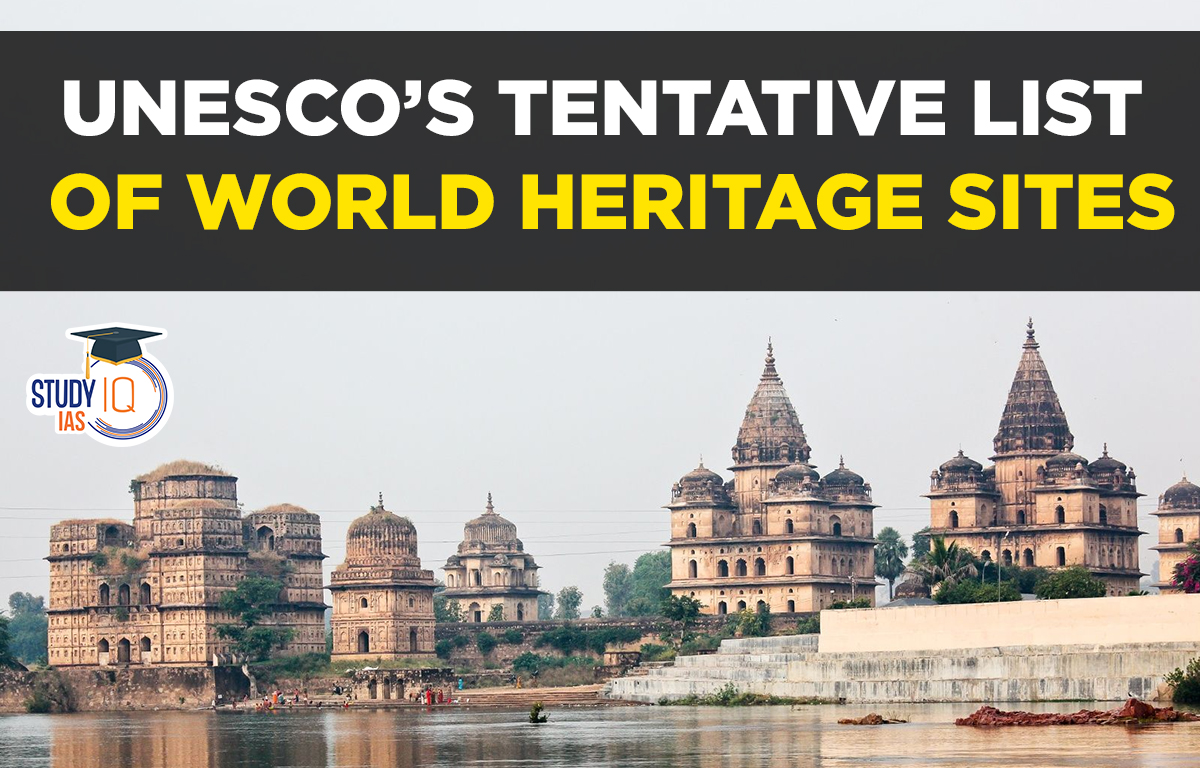
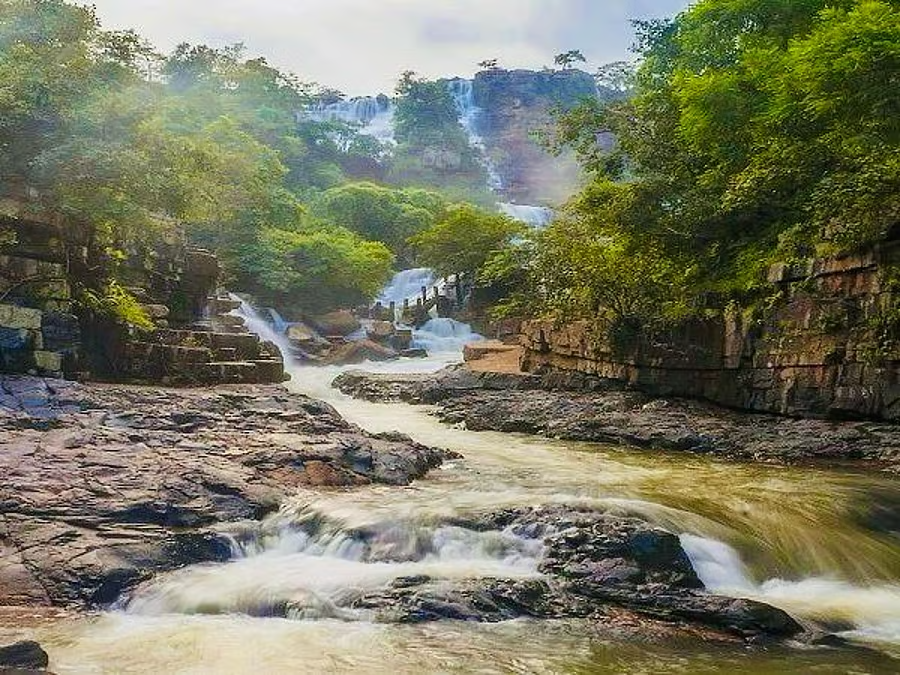
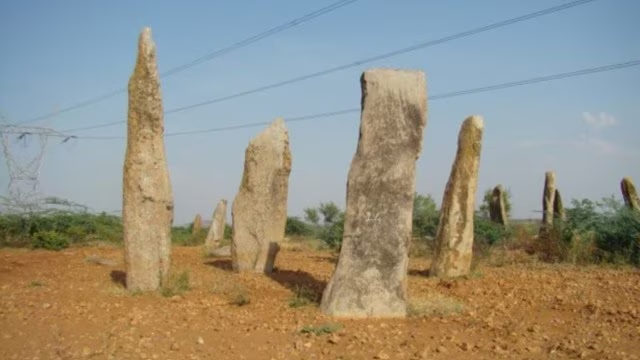
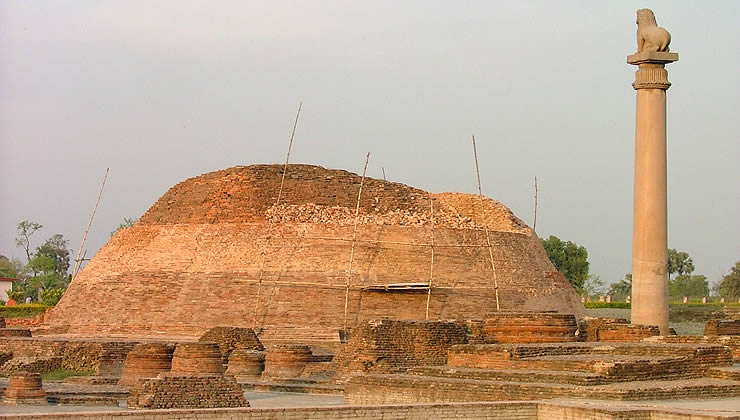
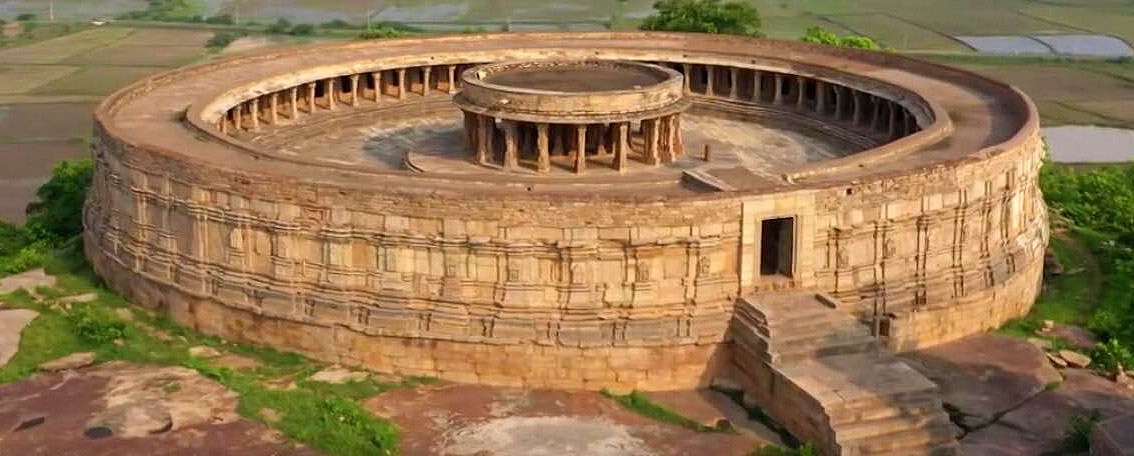
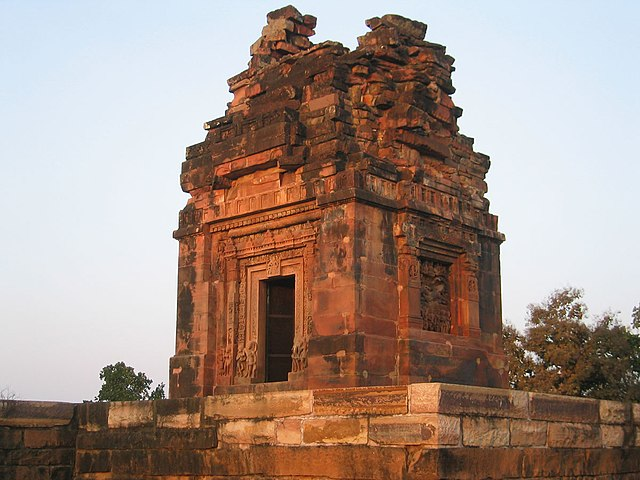
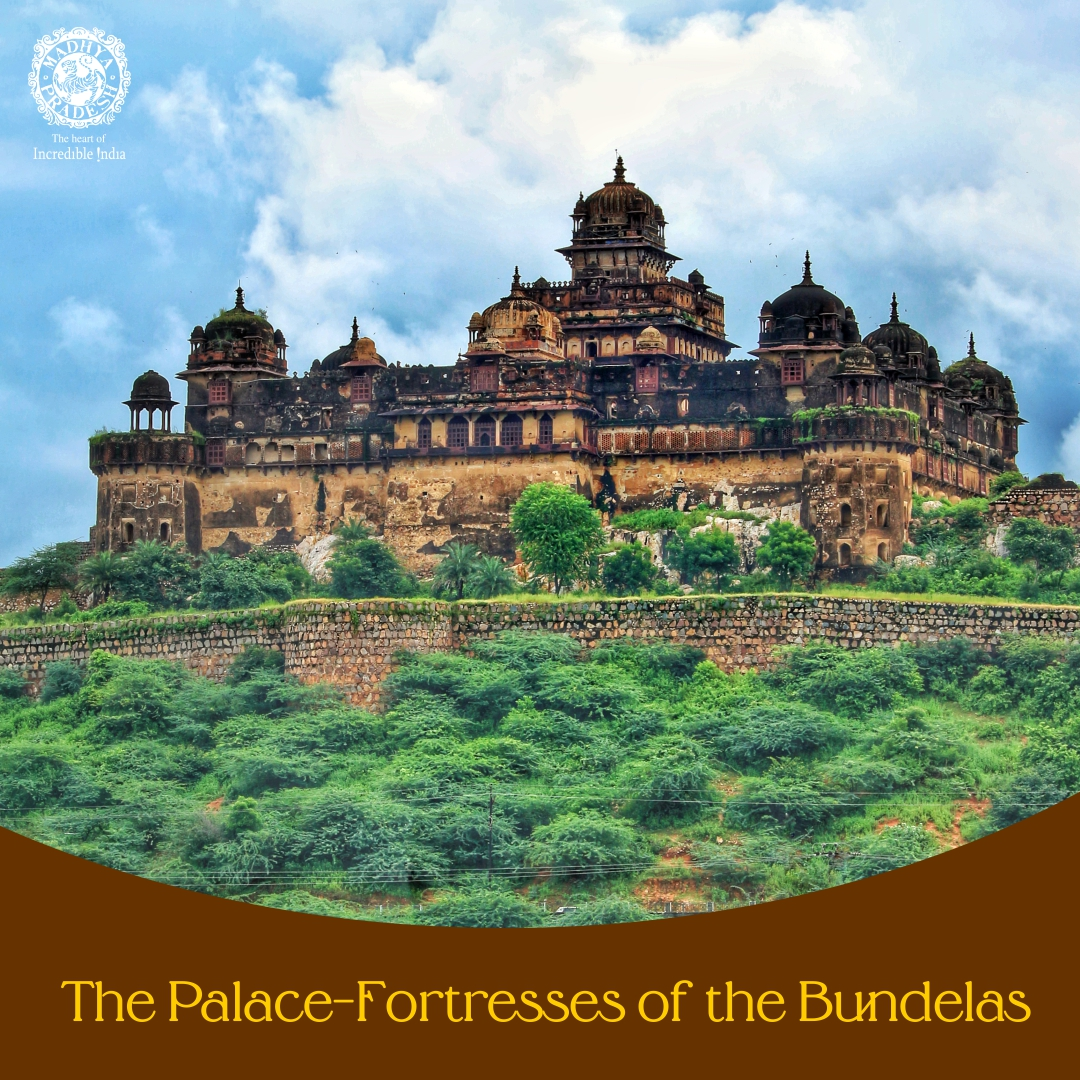
 Alfalfa Flowering Plant, Benefits and Nu...
Alfalfa Flowering Plant, Benefits and Nu...
 Bluewashing: New Categorisation by CPCB
Bluewashing: New Categorisation by CPCB
 Bioluminescent Beaches - Kavaru
Bioluminescent Beaches - Kavaru





















